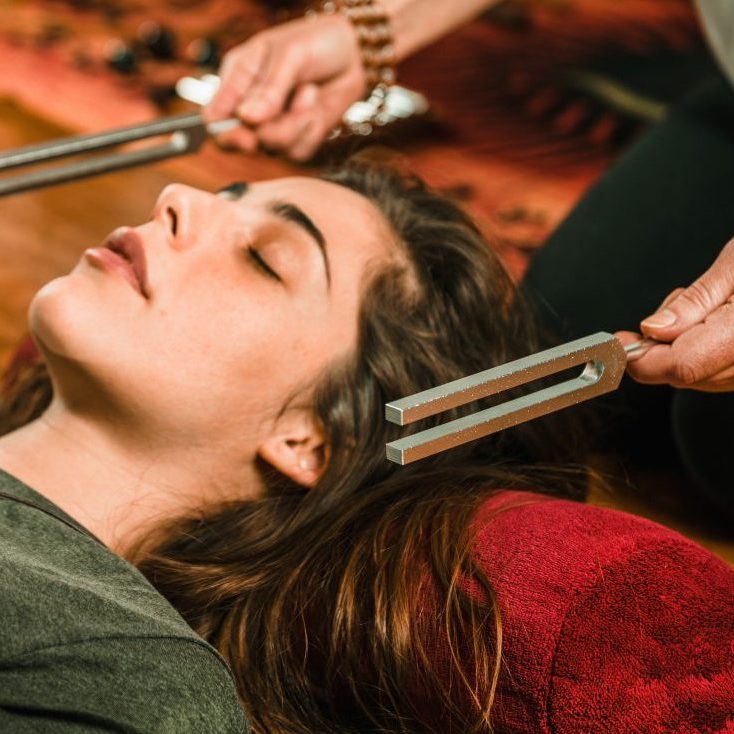Common Sound Therapy Devices:
Sound Masking Devices:It’s usually white noise, pink noise,
natural noises, or other faint sounds. Sound machines can partially or
completely conceal a patient’s tinnitus, allowing them to relax and
temporarily relieve their symptoms.
Simple table-top or bedside sound maskers with pre-set sound choices.
However, personal media players, laptops, radios, and TVs can all be used to
mask. Electric fans or table fountains can also hide noise. A patient’s
favourable emotional responses are the most effective concealing sounds.
However, sound masking devices have limited long-term effectiveness in
lowering overall perception of tinnitus.
Hearing Aids:Hearing aids can be classified as a form of sound
treatment because they amplify external noise in order to increase auditory
stimulation and shift attention away from tinnitus perception.
Modified-Sound/Notched-Music Devices: While commercial sound
machines produce general sounds, medical instruments provide sounds tailored
to the patient's tinnitus. These devices play notched music or
algorithmically manipulated sounds that highlight specific frequencies and
tones – often at a level that the listener is unaware of.
Unlike typical white noise generators, notched music and customized sound
devices are worn intermittently and may reduce tinnitus symptoms over time,
even after being switched off. These products may help patients “tune out”
tinnitus by promoting habituation.
In addition to using sound devices, optimal outcomes usually involve patient
counselling and education.
Combination Devices: Many hearing aids now have sound generating
technology that continuously sends white noise or tailored sounds to the
patient. These devices combine the benefits of a hearing aid with other
sound therapies, making them ideal for tinnitus sufferers with hearing loss.
Also, due to their portability, these gadgets can be used semi-constantly
throughout the day.

